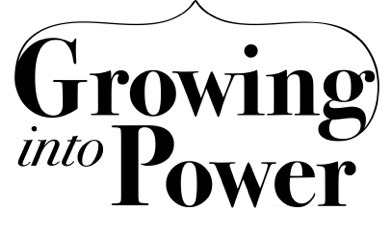You’re ready to create an agenda for an upcoming meeting. Where do you start?
As a meeting facilitator, I want to make sure that all of my points are addressed and that the meeting runs efficiently. I also want the meeting to end on time, but not without participants having clear understandings of what is being asked of them moving forward. An agenda is a critical tool to helping you run an effective meeting. Here are a few critical components of awesome agendas.
1. Assign talking points ahead of time, and let those presenters know that you’ll expect them to lead the discussion. This tip is especially helpful when you’re facilitating a meeting with other subject matter experts in the room. For instance, I facilitate a monthly meeting to review program performance. My managers will be in attendance and have a stronger understanding of the day-to-day operations of the program. While I’m creating the agenda, I realize that I’d like an update on how the team is working with a newly hired staff member. After adding this discussion point to the agenda, I will send the manager an email requesting that she be prepared to discuss how the team is working with the newly hired staff member. This courtesy is appreciated because it gives the manager time to prepare, and negates any shock she may experience if I were to call on her in the meeting.
If you’re facilitating a meeting with people whom you supervise, handing off the discussion to them is also a great opportunity to observe their skill sets, including their abilities to speak publicly and to deliver a message clearly.
2. Set time limits. Nothing is worse than a meeting that goes past its end time. Setting time limits on the agenda next to each topic lets everyone know how long you intend to spend on them. This will also inform their participation—if they know that a topic is supposed to last 20 minutes, there is more time for a deeper discussion. However, if a topic is slated to last 5 minutes, it communicates that you anticipate little or no discussion. This is especially important if you have people who “hold the meeting hostage” by focusing on one topic for too long. Additionally, if you have asked people to facilitate parts of the agenda as mentioned in point 1 above, this also helps them understand for how much time they will have the floor.
That said, there is always room to be flexible—if it seems like you want to spend more or less time on one topic, you still can. However, I would recommend announcing your schedule shift in the meeting. For instance, if I anticipated that the group would want to discuss a topic for 10 minutes, but during the meeting it becomes clear that more time is needed, I can choose to announce, “I’m realizing that we need to spend more time on this topic than anticipated, therefore I’d like to continue this conversation and if the rest of the agenda topics do not get addressed in this meeting, we’ll reconvene tomorrow.” Conversely, you could decide the opposite, “I’m realizing that we need to spend more time on this topic than anticipated, therefore I’d like us to table this discussion and plan to reconvene at a separate time to fully discuss it. For now, let’s continue with the agenda as planned.”
Remember, if the group is spending too long on a topic and you’ve decided that more time is not needed, you can also politely let them know by stating, “I’m realizing that this a hot topic. Unfortunately, we can’t spend more time discussing it. However, if you have an individual concern about it, please know that my door is open. Let’s continue with the agenda.”
3. Leave room for follow up items on the bottom or back of the agenda. This is so important as it helps everyone keep track of any assignments that come out of the meeting. I like to include a table on the back of my agendas so that one column indicates assignment, another indicates person(s) responsible, and the last indicates the due date. During the meeting, whenever someone volunteers to do something, like share an article with the group in an email, I make note of it. At the end of the meeting, I review all of the assignments that I noted throughout the group, ensuring that everyone has taken note of their own assignments and due dates.
4. Send an email after the meeting thanking everyone and reminding them of their follow up items. I literally just copy the table that I put on the back of the agenda and add in the assignments, person(s) responsible and due dates. However, I also add a column for “Progress” so that everyone can see the expectation to report on their assignments. When I send this out, the “Progress” column is blank for most assignments. However, for my assignments, I make sure to document how they’re going.
Depending on the timeliness of the assignments, I usually add the list of assignments to the next meeting so that the team can review last meeting’s assignments and provide updates. Again, copying and pasting the table from the follow up email is a really easy way to do this. It not only ensures continuity of discussion from meeting to meeting, it also prevents individuals from dropping the ball on their assignments. When people have a responsibility to deliver to their team, they are motivated to demonstrate their accountability.
What are your must-haves on a meeting agenda? Share with us below in the comments!

